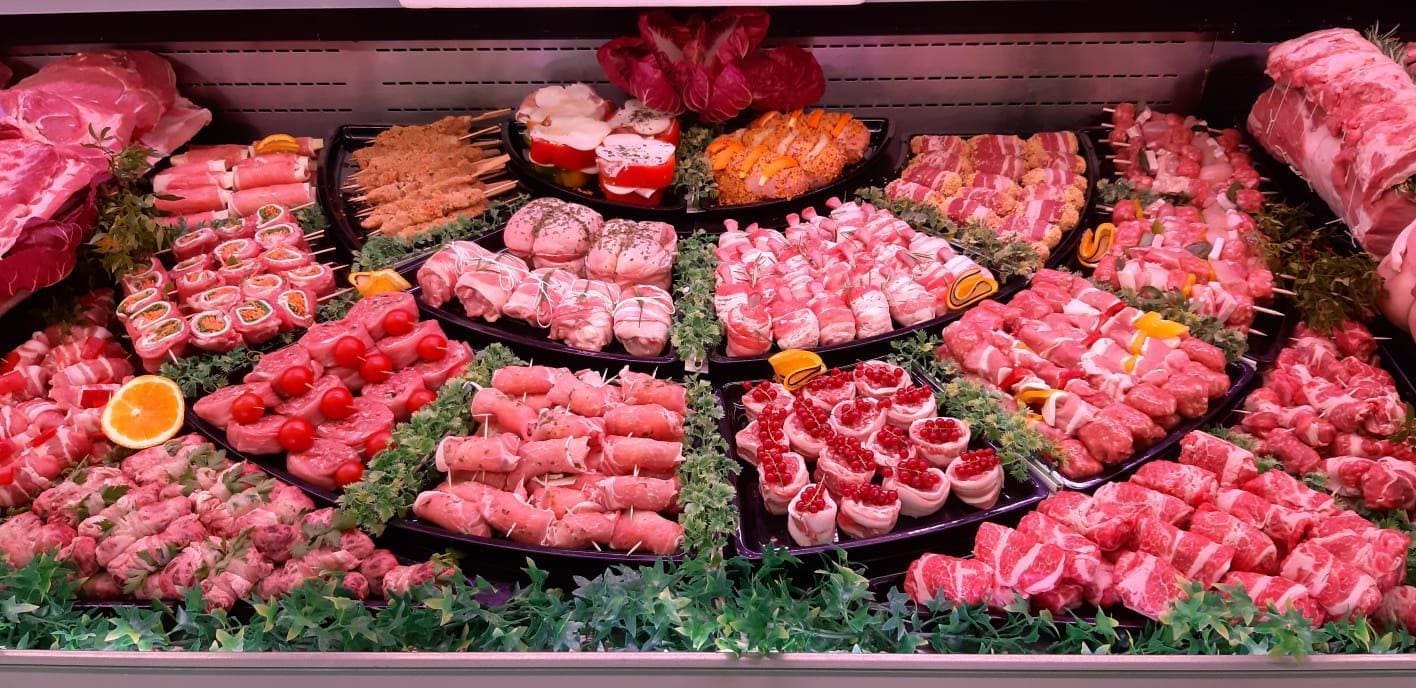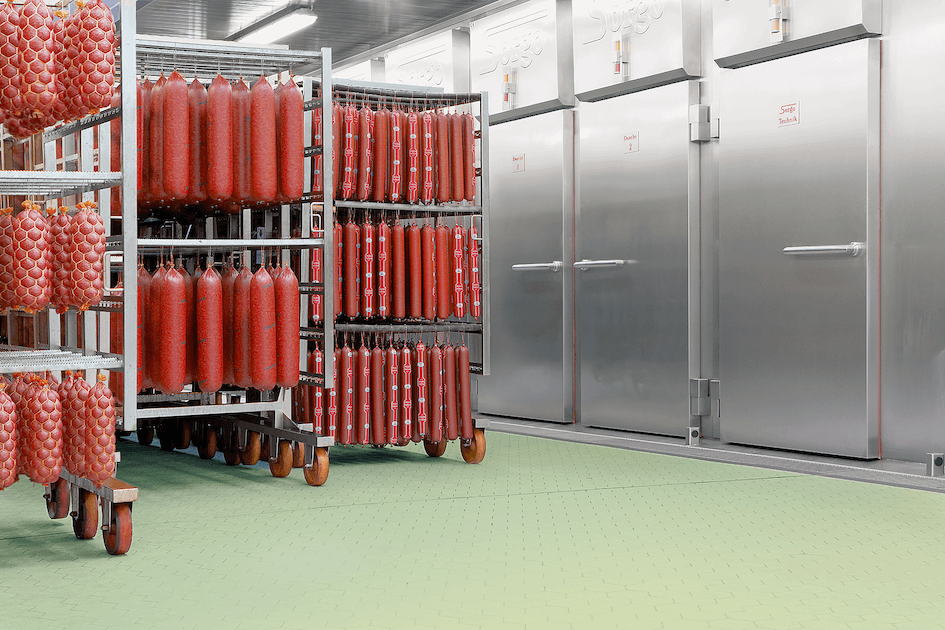On November 30th, the European Commission presented the proposal to amend the Packaging and Packaging Waste Regulation (PPWR). Although its objectives were well-meaning, the decision to focus on the implementation of reusable packaging has drawn questions among many sectors of the value chain.
Reusable packaging can be an important driver towards a packaging circular economy and has gained significant interest in recent times. This largely stems from its ability to reduce the number of packages on the market with raising the number of use cycles. But the bigger picture is more complex.
Higher CO2 emissions with re-use packaging
Interestingly, a new report by McKinsey titled ‘The potential impact of reusable packaging’, has found that imposing strict reusable packaging targets by 2030 will severely impact the EU’s environmental footprint and the competitiveness and resilience of the European economy.

Assessing the switch to reusable packaging for takeaway food service in Belgium by 2030, the study revealed that it could produce 140-160%+ additional CO2 emissions, owing to transportation and water consumption necessitated by the widespread installation of dishwashers to clean the packaging after use.
The report also acknowledged some of the considerable societal implications the switch to the reusable model would incur. Some consumers have expressed alarm at the changes to their post-consumption habits and have suggested reuse systems are less convenient, at least as a take-out solution.
In Germany, fast-food restaurants such as McDonald’s and Burger King, have installed reusable packaging deposit systems in response to the proposal, which requires consumers to store, rinse and return reusable cups to the store in order to redeem their deposit.
The importance of consumer acceptance cannot be overstated if high return rates, and high rotation rates, are to be achieved. Furthermore, the addition of a deposit risks alienating the consumer by upping the price of a typically value priced meal.
Cartons are future ready. Today.
Finally, when it comes to recycling rates, single-use reigns supreme. The recycling rate for plastic was just 38% in the European Union in 2020. On the other hand, the recycling rate for paper and cardboard packaging lies at 82%, the highest of all the packaging materials, suggesting consumers are aware of its recyclability credentials and trust in its collection system. What’s more, there is no need for mandatory recycled contents for materials which already have high recycling rates.


Pro Carton published the latest results of the Carbon Footprint Report for Cartons in March 2023. The industry managed to reduce cradle-to-grave carbon emissions by 24% between 2018 and 2021, a significant improvement pointing towards taking a lead on the road to carbon neutrality.
Enforcing a mandatory re-use system comes with higher emissions and significant costs to build up a reliable infrastructure. The risk for food hygiene, a non-negotiable, remains unknown. Lifecycle analysis (LCA) studies can educate business owners on the best solution on a case-by-case basis.
There is no “one size fits all”. Both solutions can complement each other to unlock the low carbon packaging circular economy in line with the ambitious targets of the EU Green Deal.





